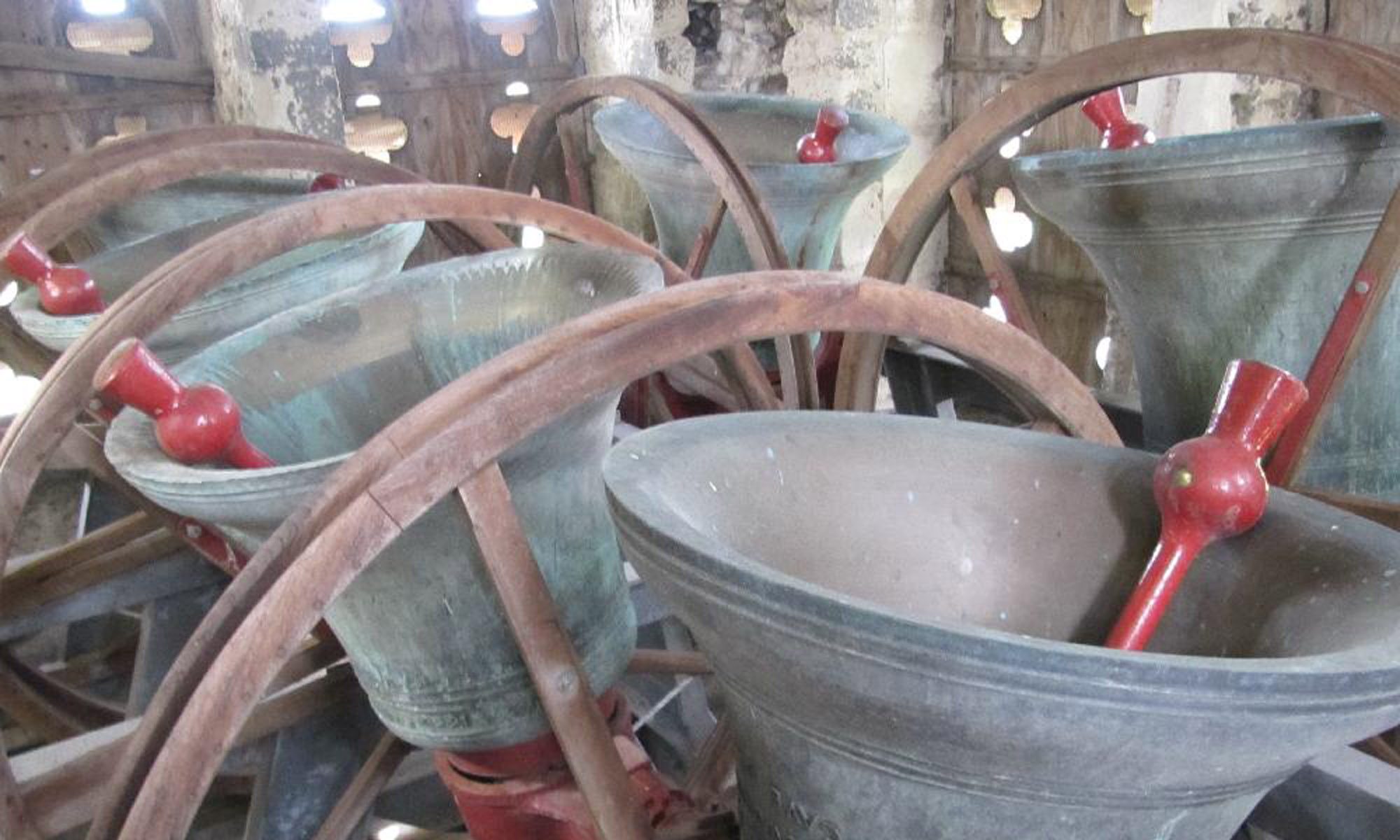New skills, new friends, new places, all ages. Learn to ring a bell. You don’t have to be strong, the lighter bells don’t need much effort at all – its the knack that’s important. People as young as 10 and those well into their 60’s can learn quite successfully.
We need some more people learning to ring in Rutland. It could be the hobby that you are looking for. There is a place for you from Brooke to Whissendine and from Uppingham to Empingham your village needs you!
DO SOMETHING DIFFERENT Be part of a village tradition, help to keep the bells ringing out over Rutland.
When you are ringing your local church bells you are connecting with your ancestors and the history of Rutland. One bell at St Mary the Virgin at Ayston dates from 1365 and two at All Hallows Seaton date from the 16th century.
Please contact Alan Wordie if you would like to ring – or re-discover those old ringing talents of your youth. He is on 07802 215 294 or email him at alan.wordie@enduranceproperty.com .
CHANGE RINGING
For centuries church bells have been chimed ropes and levers attached to the headstocks from which the bells were hung. The replacement of levers by wheels, which began in 16th-century England, gave the ringers better control of their bells, allowing sets of bells (rings) to be rung in systematically changing patterns. We call this change ringing.
Today there are more than 40,000 change-ringers in the British Isles and smaller numbers in Australia, Canada, New Zealand, Southern Africa and the USA. They are young and old, men and women, short and tall, girls and boys, non-musical and musical, church-goers and non-churchgoers. They come from all walks of life, but they share a fascinating hobby and a commitment to their team.
GETTING STARTED: BELL HANDLING
Most change ringing is performed on tower bells, as described above. Therefore the first stage for a beginner is to learn how to handle a tower bell safely and with sufficient control to be able to adjust its speed and to start and stop it at will. An average person with a good tutor should be able to attain this level in a dozen or so individual 30-minute lessons, especially if these can be scheduled several times a week.
RINGING WITH OTHERS
Next you will need to learn how to ring with others, at a pace established by them. This will often begin by learning to follow your tutor or another ringer at a steady interval. At Uppingham, where a simulator is available, you can learn to fit in with the simulated sounds of the other bells, thus developing valuable listening skills. You will also start to join in with other ringers during the weekly practice night at your tower, and the first milestone in this stage will be when you first join in the ringing of “rounds” unassisted.
CALL CHANGES
The next stage beyond ringing rounds is usually to learn to ring call changes, in which the conductor calls different pairs of bells to exchange places in the sequence of striking. Although many ringers regard call-change ringing merely as a way-station in their progress to method ringing, well-struck call changes are perfectly acceptable for Sunday service ringing, and are preferable by far to poorly-struck method ringing.
METHOD RINGING
Method ringing requires each ringer to memorise and practise patterns of successive changes in sequence, without the need for the conductor to call individual changes. Methods vary enormously in complexity, providing additional challenges for ringers of all levels of proficiency. Usually you will start to learn and practise simple methods together with call changes during the weekly practice evening at your home tower. In addition you may be able to attend suitable courses run either by your diocesan or county ringing society, perhaps at a Ringing Centre; or run by the Education Committee of the Central Council or by other ringing and educational organisations.
